
The 1843 (Bulls Eye) issue of Brazil - Features of the Genuine Stamps
The original design was engraved and printed by the Perkins Bacon Company and consists of a continuous rectangular black border surrounding a central design comprising two figures superimposed on a series of four bands of lozenge shaped dashes that encircle the stamp These bands are separated from one another by a background network of diamond shapes, formed by the intersection of the lines of engine turning each containing either nine or sixteen black dots. The details of each band are described in more detail in the tabbed illustration below.
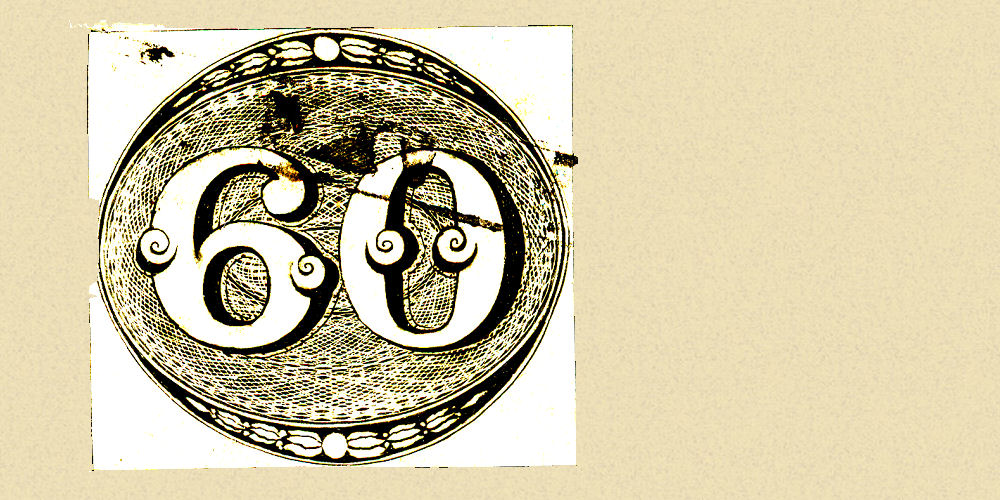
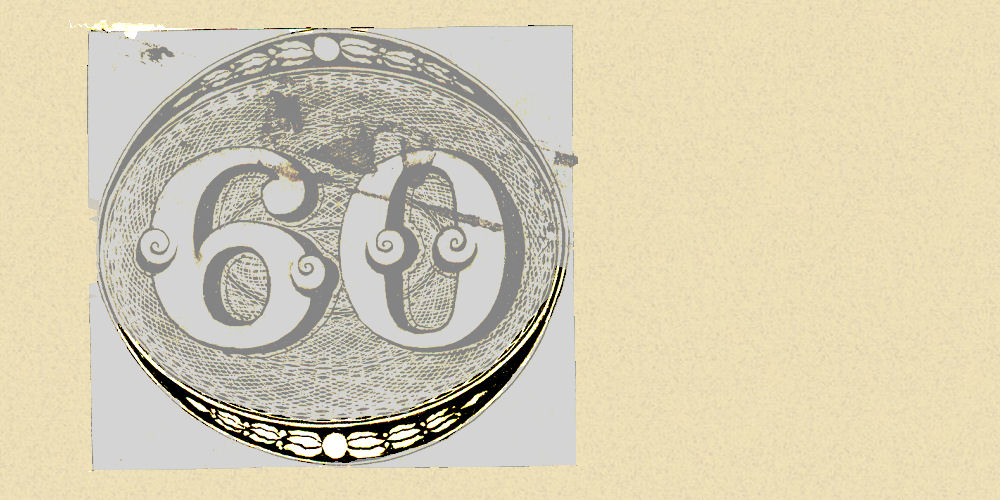
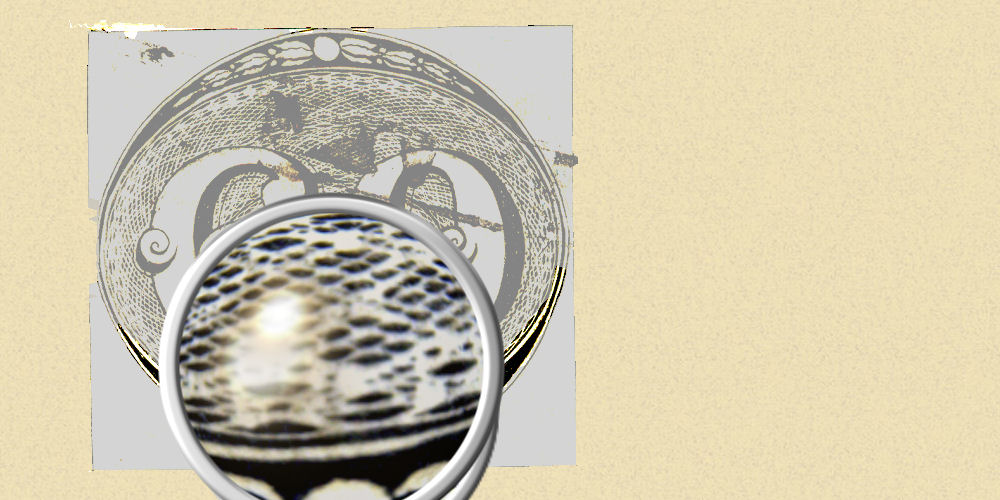
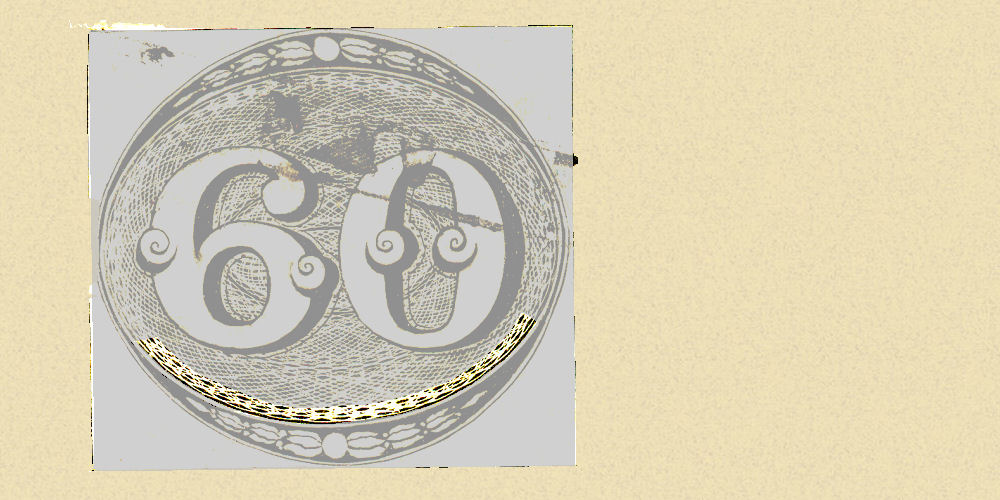
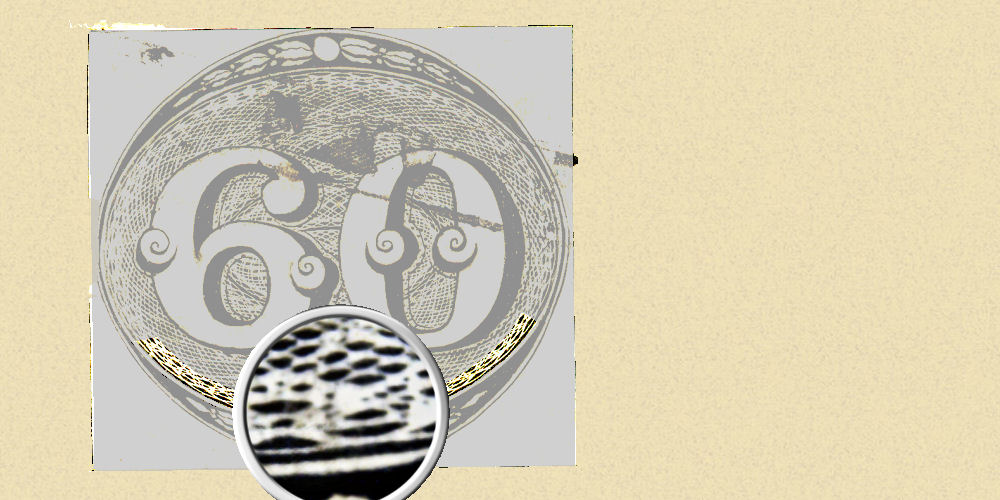
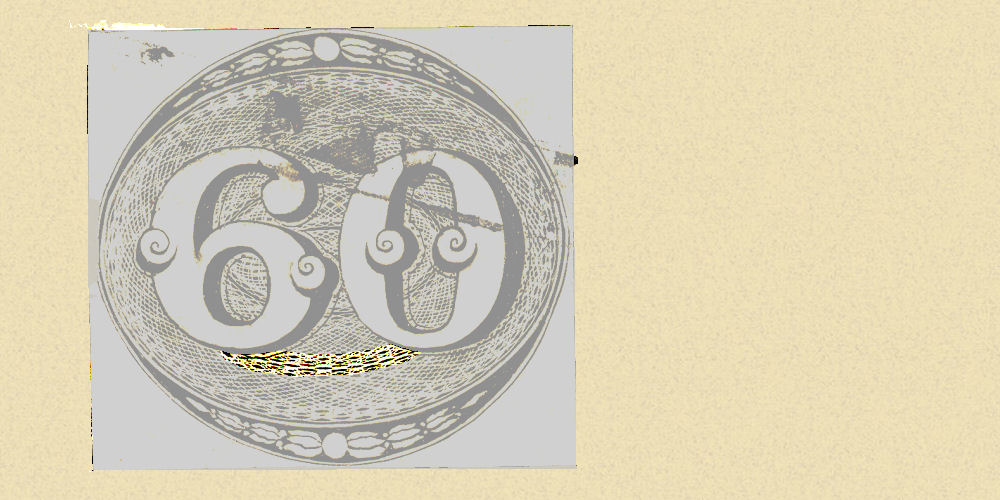
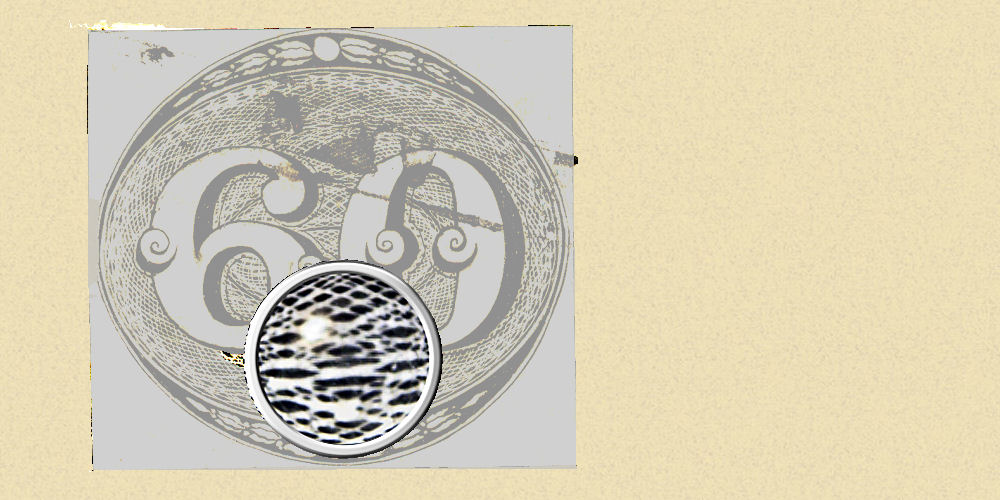
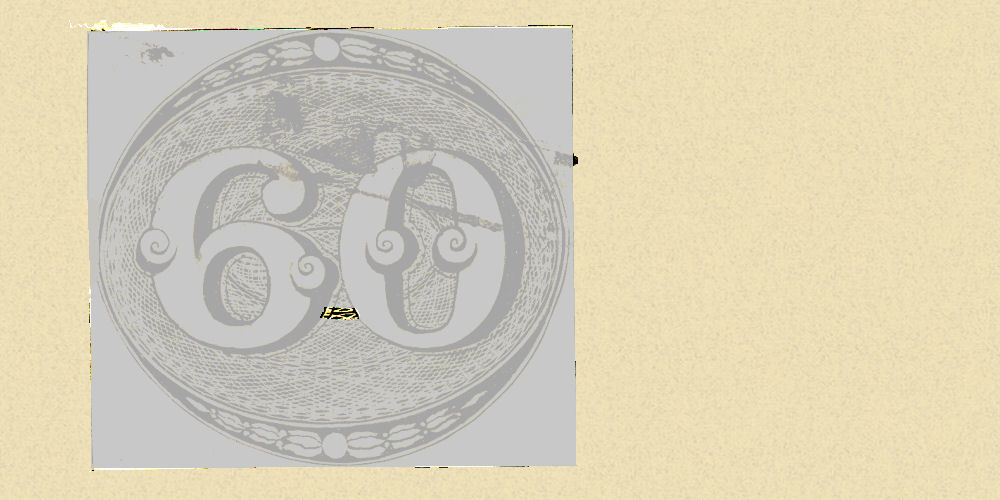
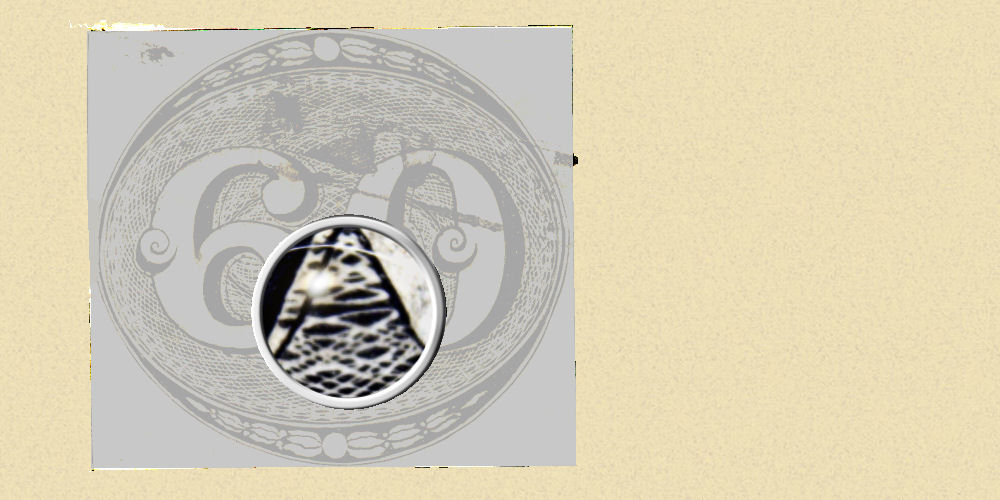
Features specific to individual members of the set are as follows

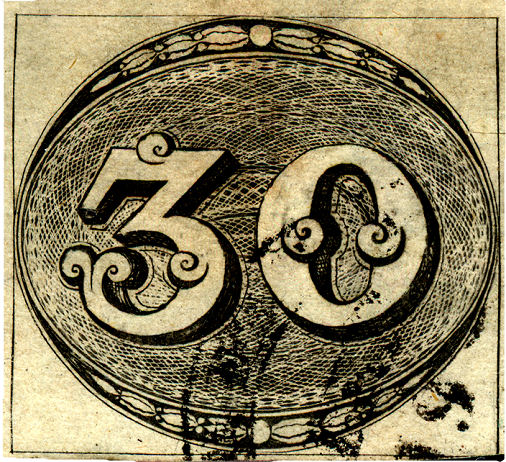
Characteristics.

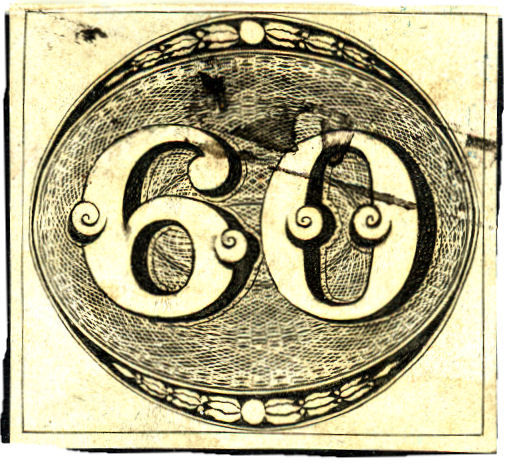
Characteristics

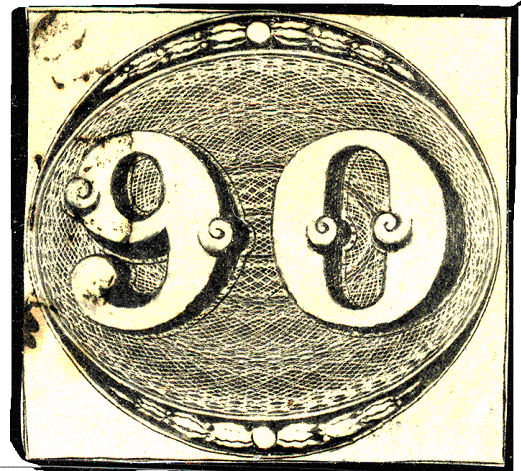
Characteristics
- Whole
- Band A
- Band A Loupe
- Band B
- Band B Loupe
- Band C
- Band C Loupe
- Band D
- Band D Loupe

This series of figures illustrate the features of the bandsreferred to above. To see an overall view of the stamp with the Band X highlighted and described click on the Band X. To see an enlargement of the band, click on the Band X Loupe.

Centrally placed at the top and bottom of the stamp there is a circular white ball flanked on either side by groups of white acicular leaves in the sequence of three, three, three and one separated from one another by a pair of white dots in the form of a colon, all within a black border of diminishing width as it approaches the three and nine o’clock positions on the circumference of the oval containing the numeral.
A thin white line that goes all the way round the stamp separates Band A from the rest of the stamp.
A thin white line that goes all the way round the stamp separates Band A from the rest of the stamp.


Band B is a pattern comprising a sequence of black dashes arranged in horizontal pairs, alternating with similar pairs spaced more widely apart with a much shorter dash between.


Band C is also comprised of black dashes, this time an alternating sequence of parallel groups of four and five black dashes


Working towards the centre of the stamp, the next identifiable band is Band D a solid black line with a double layer of black lozenge shapes on either sideBand C, which is separated from by a further network of diamond-containing black dots..

Features specific to individual members of the set are as follows
30 Reis


Characteristics.
- The tail of the Three is split into two outward facing curls the left branch of which is very slightly higher than the right.
- The white ball in the top border of the stamp is circular; the one in the bottom of the border is an upright oval.
- A line drawn downwards through the centre of the ball in the top border parallel to the frame line would pass just to the left of the ball in the bottom border
- There is no internal shading to the head of the figure three.
60 Reis


Characteristics
- The head of the figure six is an almost circular ball.
- The white balls at in the top and bottom borders are slightly larger than those of the 30 Reis.The lower one is circular. The upper one is slightly oval and slopes downwards from left to right.
- A line drawn downwards through the centre of the top ball parallel to the frame line would pass through the centre of the bottom ball.
90 Reis


Characteristics
- The white balls are the same size as those of the 60 Reis, are slightly oval and slope downwards from left to right.
- The shading in the head of the nine goes only half way round and the internal pattern consists solely of diamond dots.ie no chain pattern is visible.
- A line drawn downwards through the centre of the top ball parallel to the frame line would pass through the ball in the bottom border.